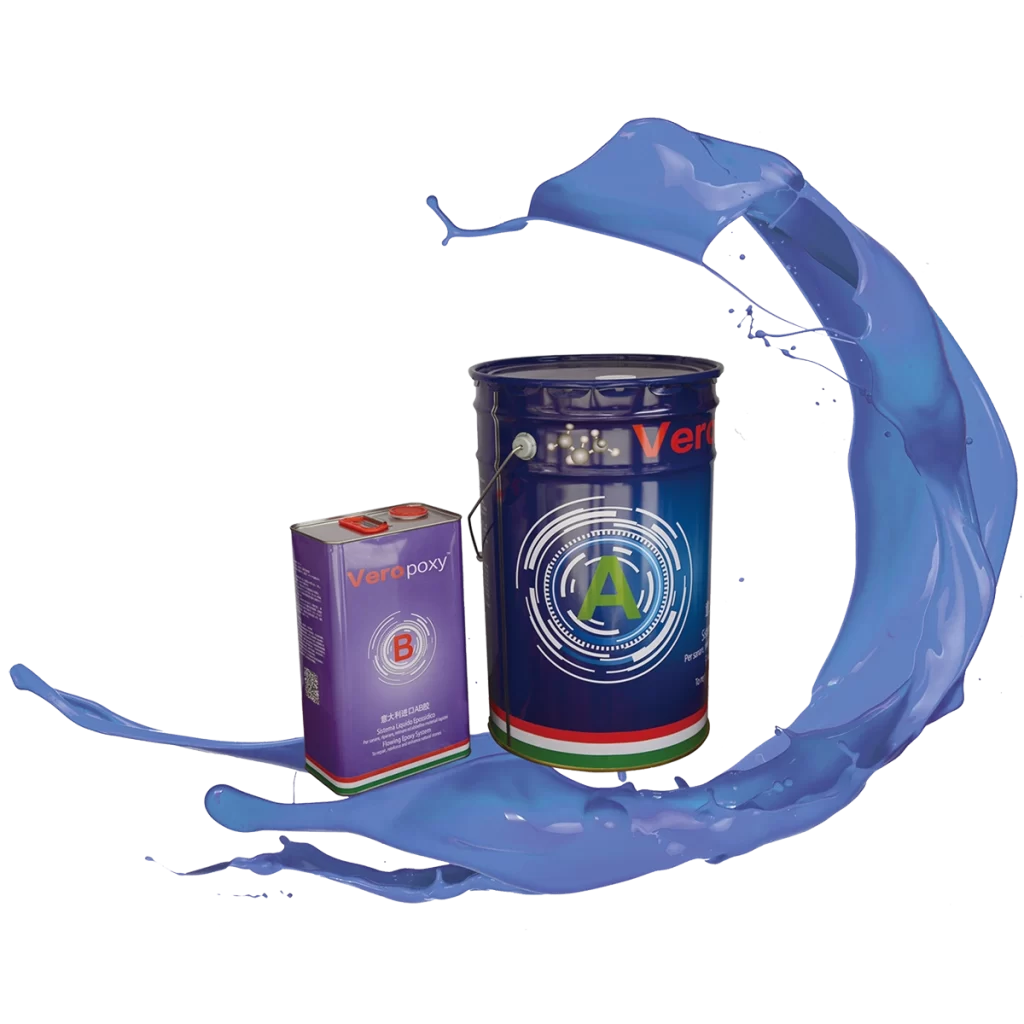Envision a captivating slab of semi-precious stones, a canvas of clarity adorned with the lively shades of emerald green, royal blue, and radiant amber. These natural pigments are not artificial dyes but the inherent beauty of the stones themselves, encapsulated within a layer of epoxy resin. This glossy, glass-like finish is more than just a decorative coating; it is a robust shield that maintains the stones’ rich colors, defying the ravages of time. The craft of embedding semi-precious stones in epoxy resin to preserve their hues is a blend of artistry and science, with chemistry playing a crucial role in locking in their natural radiance.

The Magic of Epoxy Resin
Epoxy resin is a two-part mixture, often consisting of a resin and a hardener, that creates a transparent, durable material when combined. Once it sets, epoxy resin shields semi-precious stones from environmental elements including UV light, moisture, and dust and acts almost like a magnifying glass over everything within it, enhancing their colours and lustre. By shielding the stones from elements that might otherwise cause fading or discolouration, the resin’s clear surface not only increases colours’ brightness but also preserves their intensity.
What makes epoxy especially attractive for color preservation is its transparency and gloss. When semi-precious stones are set in epoxy resin, they seem to come alive with a richness harder to photograph when they are just set in metal or another opaque material. Like glass, Epoxy’s refractive index lets light pass through to highlight the colour of every stone.
The Role of Semi-Precious Stones in Epoxy Art
Celebrated for their unusual colours and patterns are semi-precious stones including amethyst, lapis lazuli, malachite, and citrine. Created under great pressure over millions of years, every stone tells a tale. These stones can fade over time, though, depending on their exposure to the elements—especially sunlight. Amethyst stones, among others, are known to be sensitive to sunlight, which can fade their colour. Here is where epoxy resin provides a protective benefit by forming a seal preventing destructive UV radiation and other degrading agents.
Another key reason epoxy helps preserve the color of semi-precious stones is its resistance to oxidation. Particularly if they contain metallic components or traces, some stones are prone to dulling or darkening in air. Epoxy captures the stone, so preventing air exposure and maintaining its natural vibrance by means of colour retention.
Chemistry of Color Preservation
At a molecular level, epoxy resin offers the semi-precious stones a stable and inert surroundings. The resin hardens into a plastic-like condition chemically resistant to most environmental elements likely to cause colour degradation as it cures. This molecular stability shields the stones from common causes of fading or discolouration including temperature swings, moisture, and chemical exposure.
A fascinating aspect of epoxy is that it not only preserves colors but can also intensify them. Epoxy cures can accentuate stone colour intensity, so enhancing their appearance brightness and vibrancy. This function is especially important for jewellery designers and artists since it lets the almost jewel-like display of semi-precious stone natural beauty.
Challenges in Epoxy and Stone Color Preservation
Not all epoxies are created equal. Sometimes choosing the incorrect kind of epoxy results in yellowing over time, particularly in sunlight. This yellowing can produce an unwelcome tint by interfering with the stones’ natural colours. High-quality, UV-resistant epoxy resins have been created to combat this; they keep their clarity for longer and stop the colour distortion yellowing causes.
Furthermore under great consideration is the curing process itself. Inappropriate mixing or curing can cause resin to become cloudily, so obscuring the colours of the stones. Working with epoxy and semi-precious stones, artists must follow particular mixing, pouring, and curing techniques to guarantee the resin stays crystal clear. Little elements like removing air bubbles also help to create a perfect, glass-like finish that accentuates the beauty of the stones.

epoxy resins
The marriage of epoxy resin and semi-precious stones is a beautiful example of how art and science come together to preserve natural beauty. Epoxy not only shields but also accentuates the colours of every stone, so producing timeless pieces honouring the work of nature. This method offers a means to treasure and show the colours of semi-precious stones in a way that lasts whether used in jewellery, décor, or artwork. Artists can produce lifetime works that maintain the beauty of these stones as fresh and vivid as the day they were formed on Earth by using UV-resistant resins and applying correct techniques.Epoxy resin not only makes semi-precious stones more easily accessible to enjoy but also preserves their story, so enabling each piece to radiate with colour and meaning for years to come.
Post time: 11 月-08-2024

